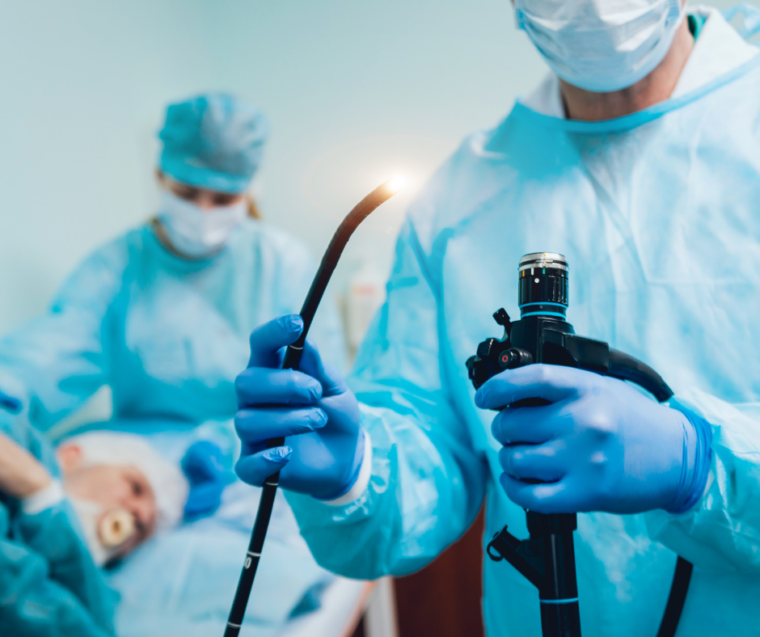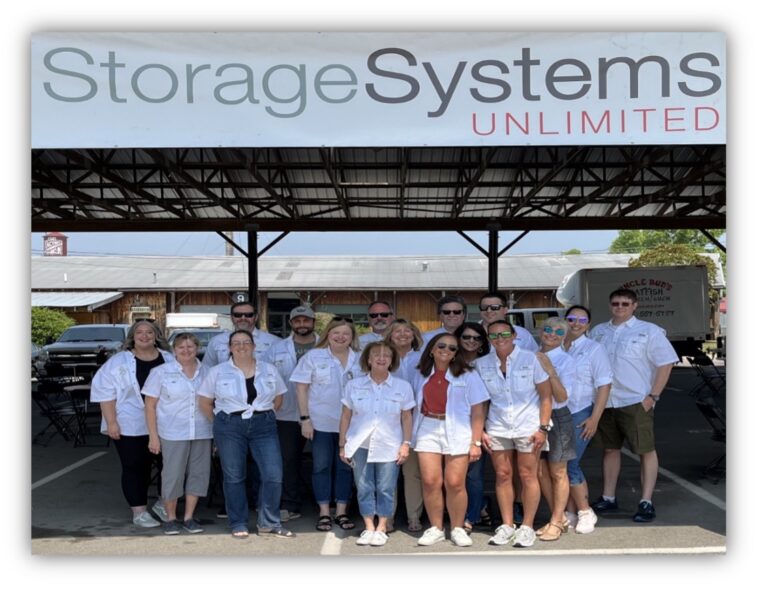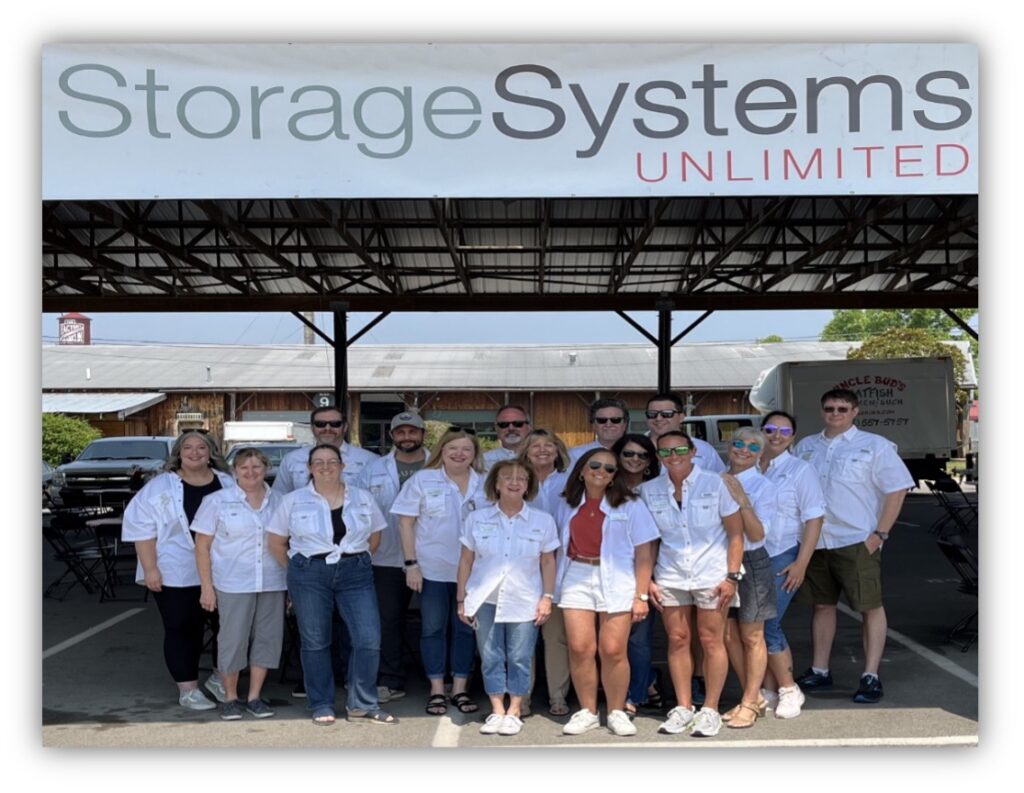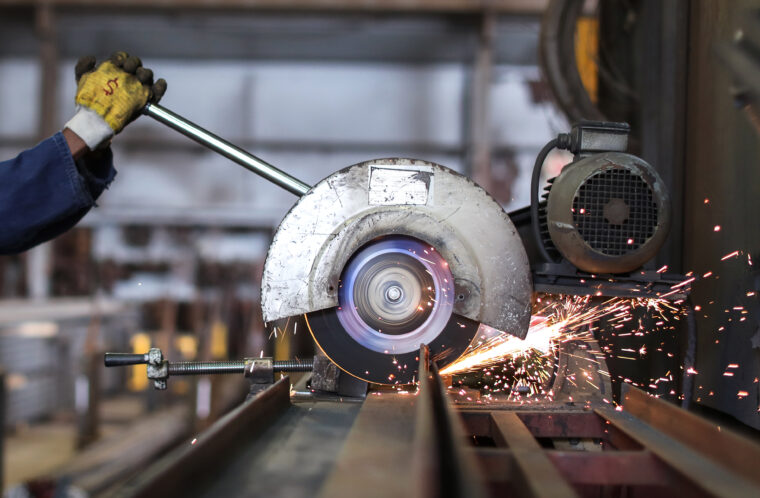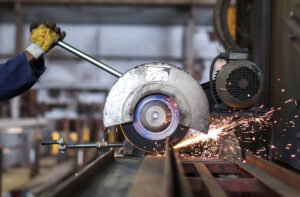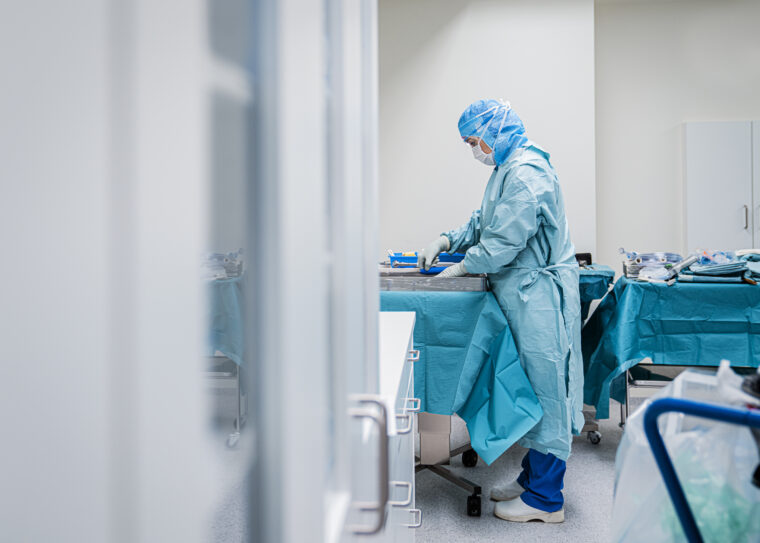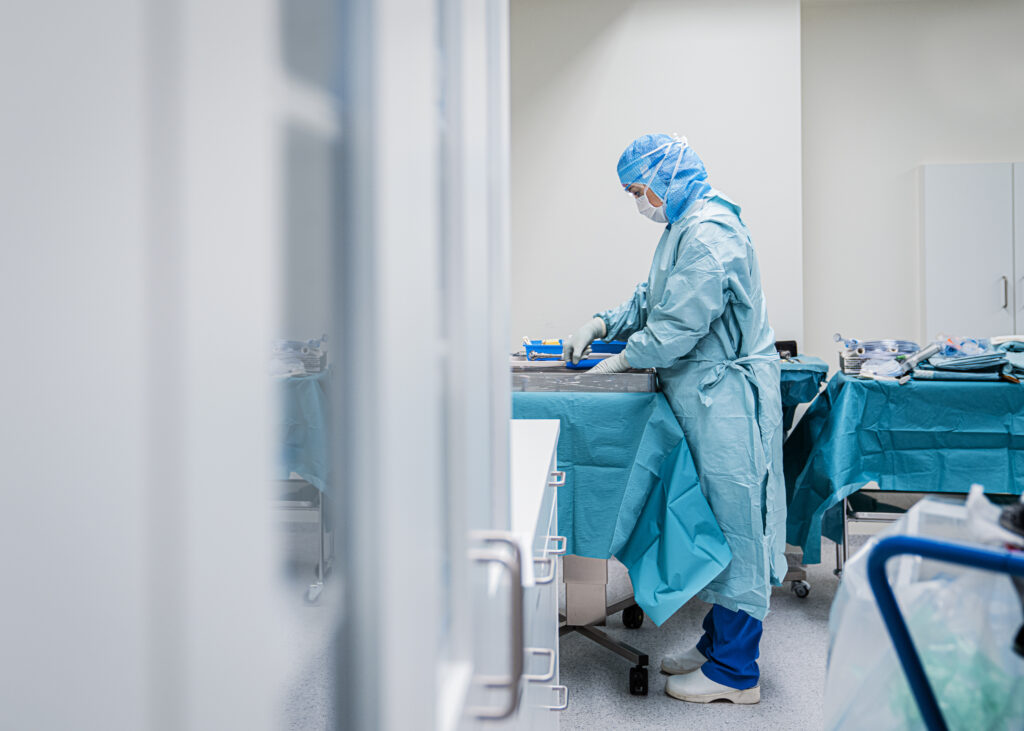Endoscopies are common medical procedures that allow a doctor to look inside a person’s body and observe an internal organ in detail using an endoscope—a long, thin tube with a camera at one end. An estimated 75 million endoscopies are performed each year in the United States—and 68% (51.5 million) of those are gastrointestinal endoscopies. Other areas include the respiratory tract; ear; urinary tract; female reproductive tract; and through small incisions into an abdominal or pelvic cavity, interior of a joint, or organs of the chest.
In recent years, conversations about single-use and reusable endoscopes have increased within the healthcare industry—specifically about the use of single-use endoscopes. This escalating interest can be attributed to several key factors. First and foremost, patient safety has emerged as an important concern, urging physicians to scrutinize endoscopic procedures. The potential risks associated with inadequate sterilization of reusable endoscopes have spurred discussions about single-use alternatives. Moreover, rising healthcare costs have prompted healthcare organizations to assess the financial implications of adopting either option. The environmental impact of medical waste generated by single-use endoscopes has also fueled debate.
In this blog post, we’ll explore the advantages and disadvantages of single-use and reusable endoscopes, especially as it relates to patient safety, financial implications and environmental impact.
Prioritizing Patient Safety: The Soaring Adoption of Single-Use Endoscopes
Single-use endoscopes have gained significant popularity in recent years—specifically because of an increased focus on patient safety and research suggesting cross-contamination. Reusable endoscopes, despite undergoing meticulous cleaning and sterilization processes, can still harbor residual bacteria, viruses and other pathogens that pose a threat to subsequent patients. In fact, in October 2021, the American Journal of Gastroenterology issued an analysis of studies published from 2010 to 2020, concluding that nearly 20% of reprocessed patient-ready gastrointestinal endoscopes may be contaminated with microorganisms.
Even with strict protocols and cleaning requirements in place, it is nearly impossible to guarantee total elimination of all contaminants, especially because of the complex design of endoscopes with multiple crevices that are difficult to access during cleaning. By contrast, single-use endoscopes are sterile, providing a fresh and uncontaminated tool for each procedure. This significantly reduces the risk of infectious transmission between patients and helps maintain a safer healthcare environment.
Reusable endoscopes are also subject to wear and tear over time, as well as damage from repeated sterilization processes, which can compromise their functionality and effectiveness. Inadequate cleaning or sterilization can lead to the buildup of debris, residual fluids or biofilms, increasing the risk of infection or inflammatory reactions when the endoscope is used on subsequent patients. Single-use endoscopes, on the other hand, are designed for one-time use and are manufactured to high standards of quality and sterility. This reduces the likelihood of technical malfunctions or suboptimal imaging quality that could potentially impact patient safety.
Financial Considerations in the Reusable vs. Single-Use Endoscope Debate
When deciding between reusable and single-use endoscopes, hospitals and healthcare facilities must consider the costs associated with both options. Single-use endoscopes may have higher costs upfront, but healthcare supply chain executives must consider the long-term costs associated with reusable endoscopes when making the decision.
The reprocessing of reusable endoscopes incurs extra costs. It requires investment in cleaning and sterilization equipment, as well as the use of chemicals and skilled personnel for proper reprocessing. These expenses can add up over time. Because reusable endoscopes are prone to wear and tear, they may require repairs or replacement of damaged components. These costs, along with the associated downtime during repairs, can be significant and impact the financial bottom line.
Evaluating Environmental Implications: Single-Use vs. Reusable Endoscopes
The choice between single-use endoscopes and reusable endoscopes not only involves patient safety conversations and financial considerations, but also raises important environmental impact concerns. Hospitals and healthcare organizations are increasingly concerned about sustainability and the environmental impact of their operations. The scale of their operations, coupled with the continuous need for patient care, results in substantial resource consumption and waste generation. By focusing on sustainability, hospitals aim to minimize their ecological footprint and conserve resources.
This increased focus on sustainability and the environment is another key factor in the single-use vs. reusable endoscope debate. Endoscopy is healthcare’s third-largest cause of medical waste in hospitals, according to a 2022 study published in the BMJ journal Gut. Single-use endoscopes, while offering convenience and sterility, contribute to the generation of medical waste.
On the other hand, reusable endoscopes have the potential to reduce the amount of waste generated in healthcare facilities. Although there is waste associated with reprocessing, it is still significantly less than what it would be with single-use endoscopes. A 2021 study published in Gut suggested that, “replacing reusable with single-use endoscopes and accounting for reduced waste from reprocessing of endoscopes would increase total waste mass by 40%.”
The choice between single-use endoscopes and reusable endoscopes is a complex decision that involves considerations of patient safety, financial implications and environmental impact. While single-use endoscopes offer advantages in terms of sterility and reduced risk of cross-contamination, they contribute to increased medical waste. Reusable endoscopes, on the other hand, can help reduce waste generation through proper reprocessing and extended use, but require significant investments in cleaning, maintenance and repairs.
Whether you are looking to maximize space with a high-density storage system for single-use endoscopes or need drying cabinets for reusable endoscopes, we can help. Storage Systems Unlimited offers a variety of storage cabinets to help meet your facility’s unique needs and requirements. For more information or to obtain a quote, contact us at 1-888-614-0004.

